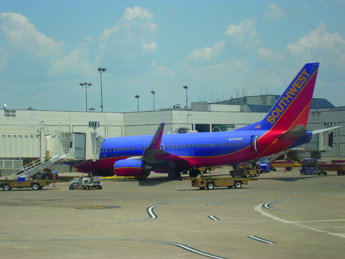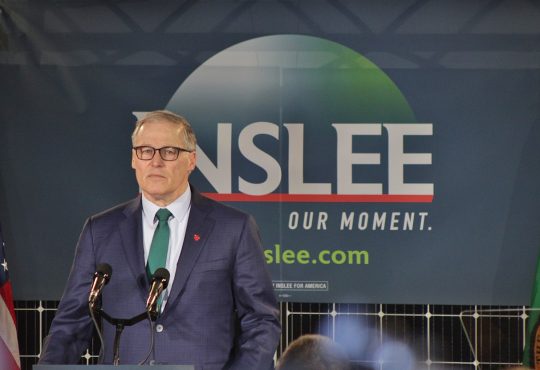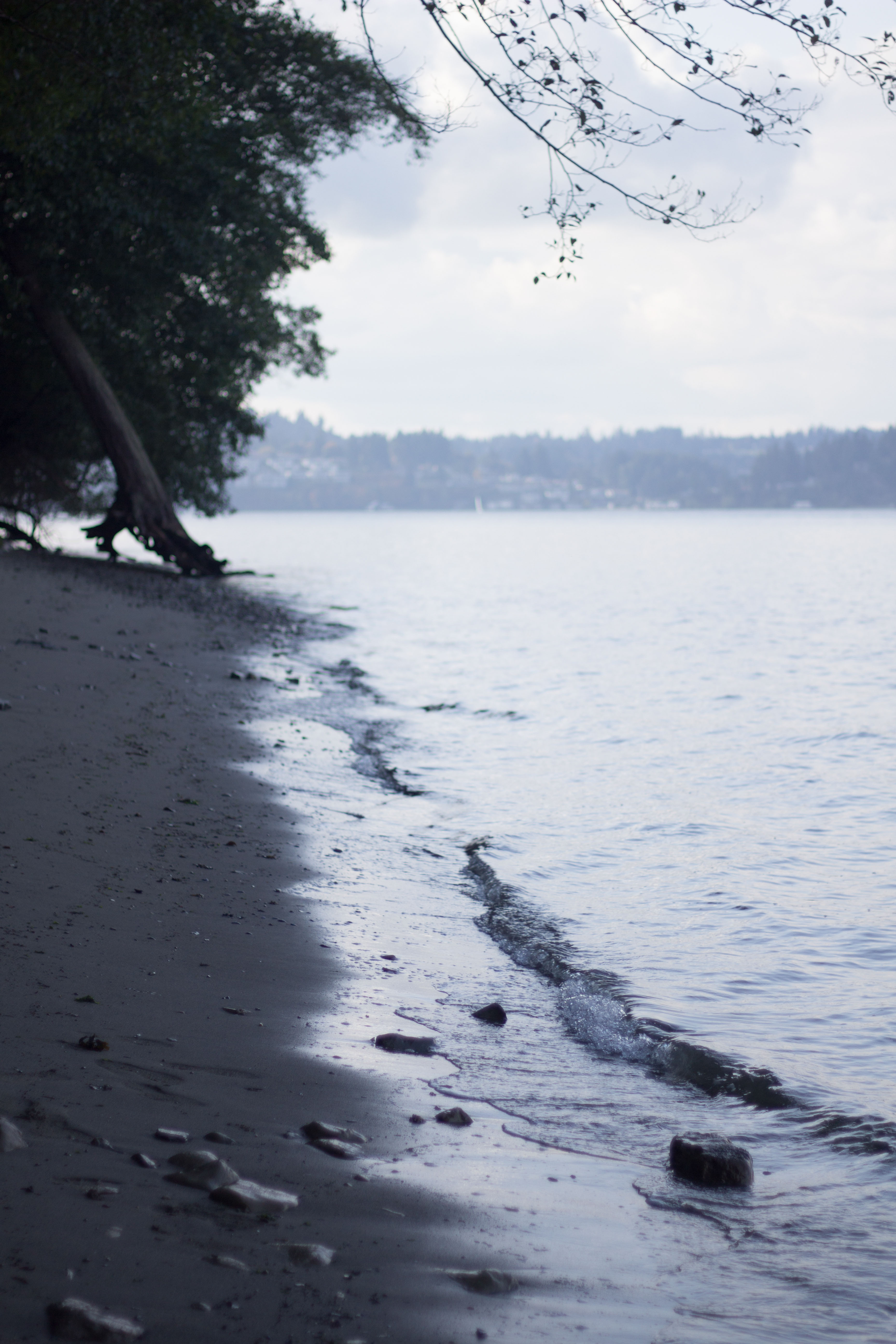
As a result of a number of well-publicized structural issues with their Boeing 737 planes, Southwest Airlines’ removal of dozens of planes from service on April 1 inspired a change in Boeing’s recommended inspection process for aircrafts.
The complicated decision was called for on April 1, when a portion of the fuselage—the plane’s main body portion holding the passengers and crew—on a 117-passenger Southwest plane ripped open mid-flight. Nobody was seriously injured.
Most flights were grounded immediately thereafter, and the majority of planes have been returned to use since then. Five planes were found with the same cracks that caused the ripped fuselage.
Boeing insisted that, given that Southwest is among the largest carriers of Boeing 737s, the fuselage rupture and cracks found in five other planes had nothing to do with Southwest’s use of the jets.
“It’s just a statistical event far more than it has anything to do with Southwest and how they operate the airplane,” Boeing chief 737 engineer Paul Richter said in a press conference.
Following this incident, Southwest made the decision to ground more of the 737s that were in use. According to a statement Boeing made to The Wall Street Journal, they said that the typical action would have been to contact the manufacturer for directions before grounding flights. However, the lack of certainty as to what caused the issue led to the cancellation of hundreds of flights and the delay of thousands of others, according to The New York Times.
Government and safety experts said that this manner of more immediate action has the potential to become the new regulation. Not only did the decision allow Southwest to follow its own inspection timeline, it also assuaged passenger concerns about the malfunctions.
According to Boeing, these cracks were unexpected because the planes comparatively new and were held together with joints that were thought to be “more robust,” a Boeing representative said to The Wall Street Journal.
Boeing’s regulations previously called for thorough inspections every 60,000 flights. The jet in question had only logged 39,000. Boeing is now looking to change its inspection policy and require that inspections occur after 30,000 flights.
“It’s regrettable that we had to accelerate our plans to recommend inspections based on an event of this nature,” Richter said.
Richter said in an interview with The New York Times that he was surprised the company’s safety projections were so off the mark, given that they did not expect the 737s to have the potential for serious cracks until “much, much later.”
Since the incident, other carriers have followed suit in performing inspections on Boeing planes.
“I’m less inclined to fly Southwest, but at the same time, I know they’ll be making changes. Also, all the planes in the United States are made by Boeing, so I’m not sure it will make that much of a difference,” Puget Sound student Lainey Vaught said.
Boeing and Southwest, in addition to regulatory officials, are still going through the process of determining the exact cause of the problem. The process, according to Boeing, is likely to take several months.



